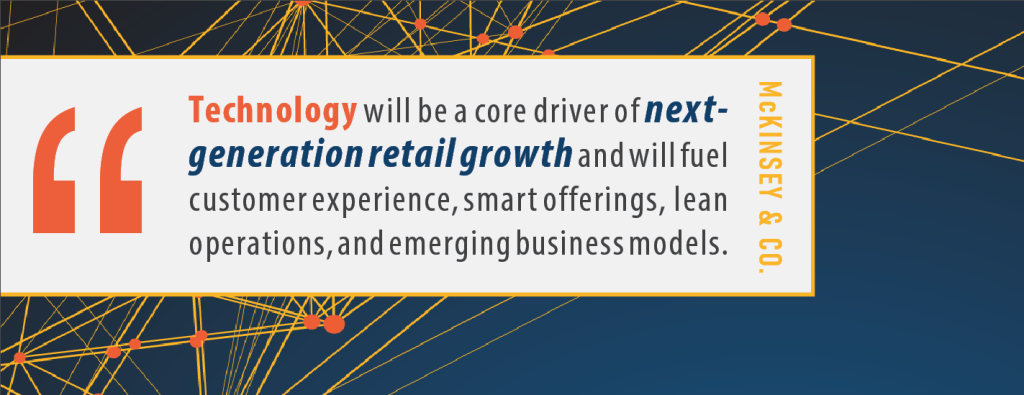VALUE THROUGH SUSTAINABILITY
Sustainability is not a fad. People are mindful of how consumerism impacts the environment. Provoke Insights found “33% labeled themselves environmentally conscious, and 32% are willing to pay more for sustainably sourced furnishings.”
Sustainability and quality go hand-in-hand and drive value for consumers. During inflationary periods, some customers make choices based on discounting, but others justify big-ticket investments based on quality and anticipated product longevity. Marketing geared towards quality, construction, and craftsmanship goes a long way.
Retailers can also upsell value with Protection Plans that affirm customers’ decisions. Providing peace of mind around an investment is a strong closing tactic.
“Aside from the fact it protects their customers…protection plans offer upwards of 75% margin for dealers. It’s a winner for the customer, the business, and the people selling them.” Guardsman via YourSource News
Overall, advertising is critical for home furnishings retailers in this period. After years of unprecedented demand, it will be important to rebuild brand messaging. Wellness, sustainability, quality, and value are attributes to build around.





 When you choose , you get more than an industry-trusted retail software solution. You get the know-how of our team of experts, superior service, and opportunities for growth. Use the form below to learn what can do for you.
When you choose , you get more than an industry-trusted retail software solution. You get the know-how of our team of experts, superior service, and opportunities for growth. Use the form below to learn what can do for you.